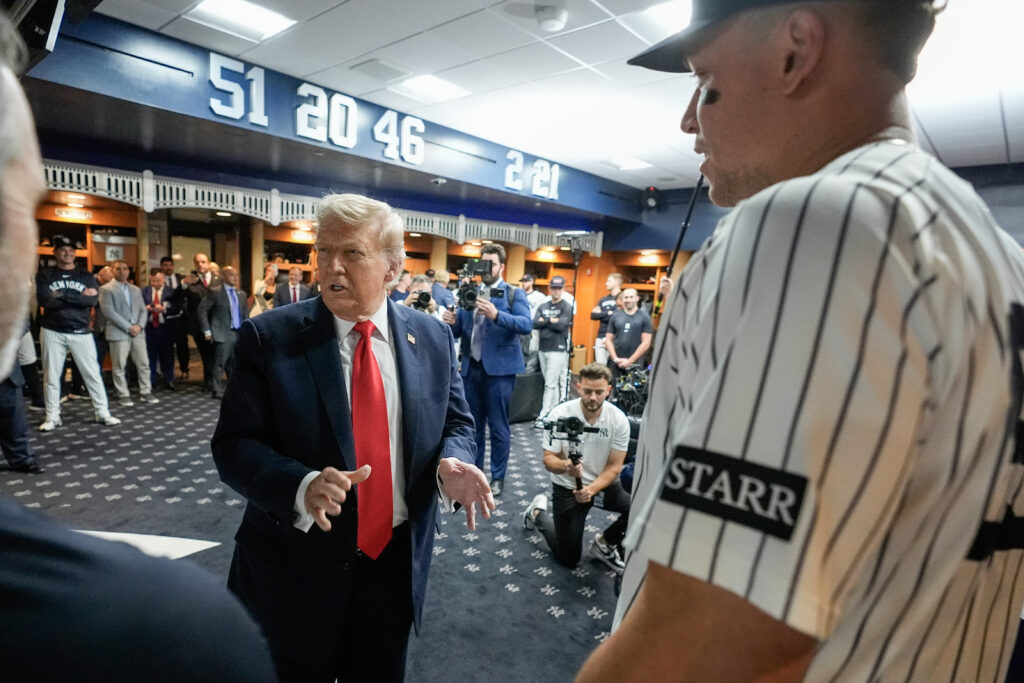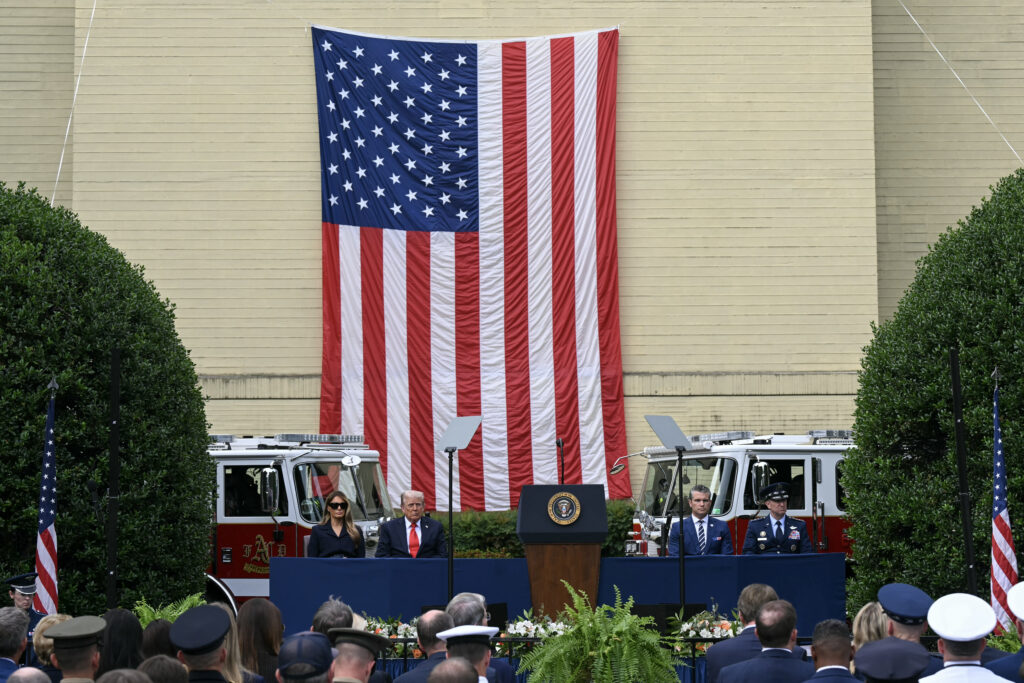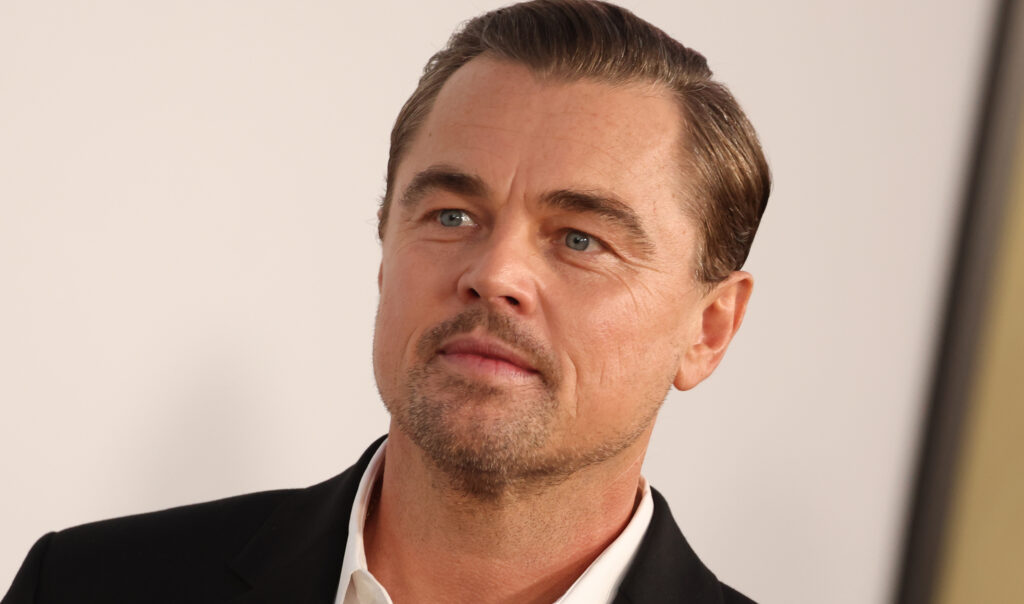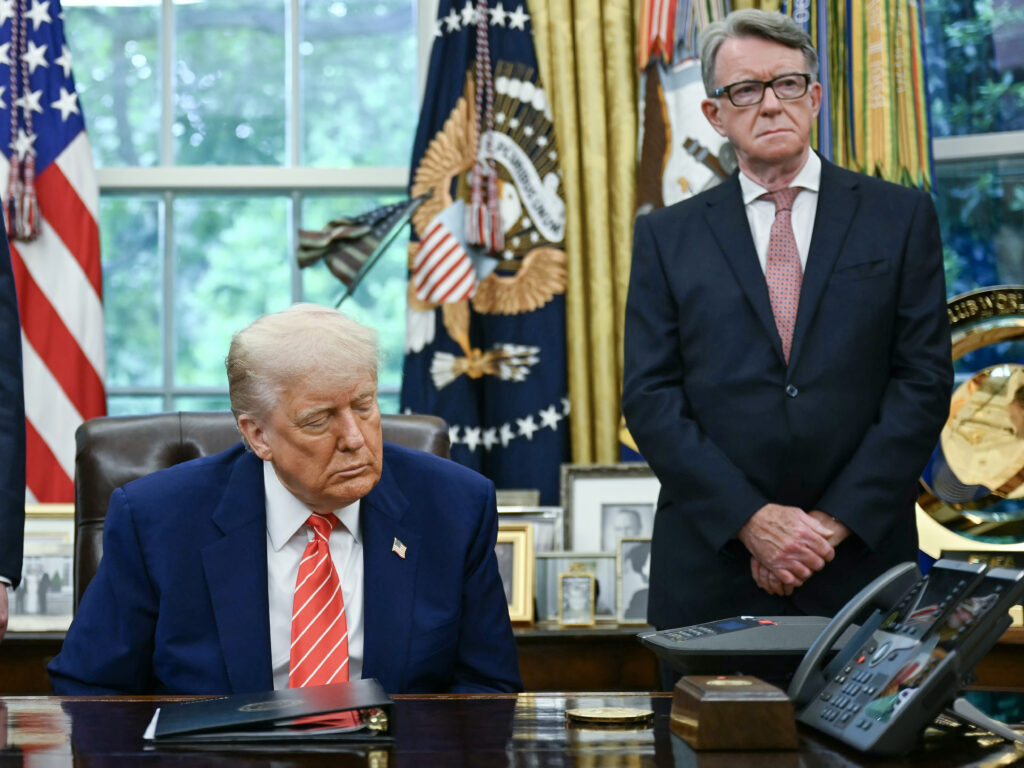Love, Kraft star as Packers cruise past Commanders 27-18
Green Bay quarterback Jordan Love threw for 292 yards and two touchdowns as the Packers romped to a 27-18 NFL victory over the Washington Commanders on Thursday.After beating the NFC North division champion Detroit Lions in week one, the Packers cruised past a Commanders team that made it to the NFC championship game last season.”It’s a great start to the season, we’ve just got to keep building on it,” Love said.Green Bay’s offense put up 404 total yards compared to Washington’s 230.Love connected with tight end Tucker Kraft six times for 124 yards, including an eight-yard TD in the fourth quarter that helped squelch any thoughts of a Commanders comeback.Love had hit Romeo Doubs for a touchdown in the first quarter and Josh Jacobs ran for a two-yard TD to put Green Bay up 14-0 before the Commanders’ Matt Gay drilled a 51-yard field goal that made it 14-3 at halftime.A Brandon McManus field goal pushed Green Bay’s lead to 17-3 midway through the third.Washington quarterback Jayden Daniels found Zach Ertz for a 20-yard touchdown early in the fourth.But Green Bay responded with Kraft’s touchdown and a 56-yard field goal by McManus.In his second game since joining Green Bay in a blockbuster trade from Dallas, Micah Parsons had a pair of tackles and was credited with half a quarterback sack and three quarterback hits.Love credited the Packers’ defense with containing the Commanders.”You hold a good offense like that (to) 18 points and let us go score, we’re gonna win those games,” he said.Packers coach Matt LaFleur also praised the defensive performance.”I think our players are doing a great job of feeding off one another,” he said. “It’s definitely exciting to watch our defense go out there and perform because they allow us to get up on somebody.”The Packers did suffer a blow on the opening drive when wide receiver Jayden Reed was injured after making a catch and reaching the end zone.The touchdown was also negated by a holding penalty.Reed, who landed hard on his right shoulder on a tackle by Quan Martin, made his way to the sideline but was ruled out for the rest of the game with what LaFleur later said was a broken collarbone.”He’s going to miss a lot of time, unfortunately,” the coach said. “Certainly I would expect him back at some point this season.”The Commanders lost defensive lineman Deatrich Wise Jr. to a quadriceps injury and tight end John Bates to a groin injury.Washington running back Austin Ekeler departed on a cart after suffering a non-contact Achilles injury in the fourth quarter.









